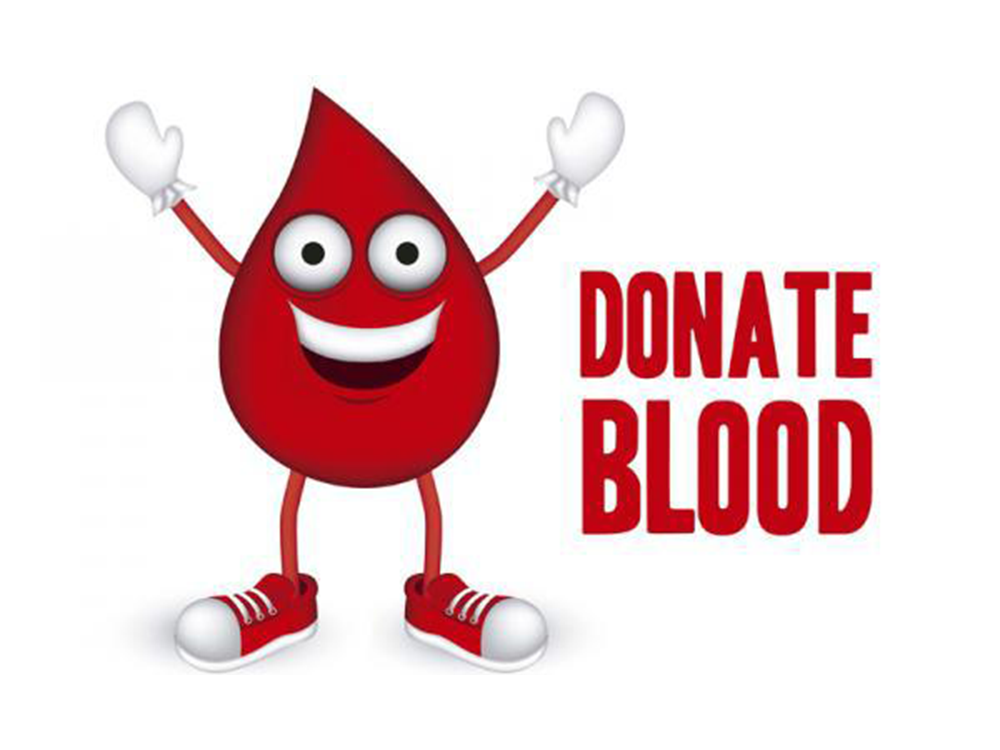January is National Blood Donor Month, declared by President Richard Nixon in 1970, to pay tribute to voluntary blood donors and increase donation by others.
In an effort to do our part in thanking blood donors and to raise awareness for more donations, we share these American Red Cross facts on why donating blood is so important and effective.
- Approximately 36,000 units of red blood cells and 7,000 units of platelets are needed every day in the U.S.
- Type O is the blood type most often requested by hospitals. Type O negative blood (red cells) can be transfused to patients of all blood types. It’s always in great demand and often in short supply. Only 7% of people in the U.S. have type O negative blood.
- AB positive blood donors are universal donors of plasma. Only 3% of people in the U.S. have AB positive blood.
- A single car accident victim can require as many as 100 pints of blood.
- Approximately 6.8 million individuals donate blood in the U.S. annually. Although an estimated 38% of the population is eligible, less than 10% actually donate.
- Blood donation is a simple four-step process: registration, medical history and mini-physical, donation, and refreshments.
- Donating blood is a safe process. A sterile needle is used only once for each donor and then discarded.
- The actual blood donation typically takes less than 10-12 minutes. The entire process, from the time you arrive to the time you leave, takes about an hour and 15 minutes.
- A single donation can potentially help more than one patient.
- Most donated red blood cells must be used within 42 days of collection.
To find out more about donating blood or to find a donation center or blood drive near you, please visit https://www.inovablood.org or www.redcross.org.


